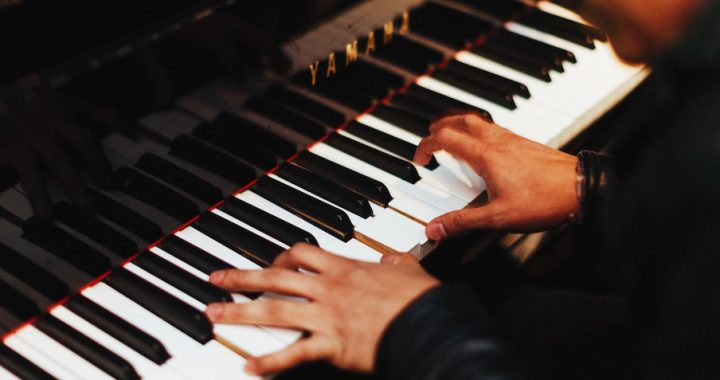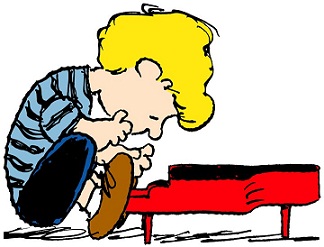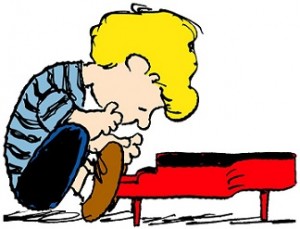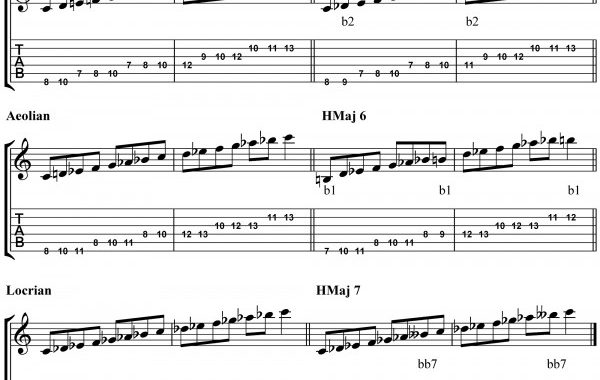Starting Piano Lessons
People who start piano lessons for the first time, or who resume after a break of many years often ask me for advice about what to expect. I usually respond by asking a few straightforward questions:
Do you have TIME for piano lessons?
This may sound really obvious, but believe me, people don't ask themselves this question enough. Here are a few pointers to think about:
- To see any noticeable results, piano lessons are a medium to long-term commitment, requiring more than just a 40 minute weekly session with your piano teacher. To achieve the goals agreed in your trial piano lesson, you'll need to set up a practice schedule to do the piano practice assigned by your piano tutor. To progress in any significant way and justify the money you're paying in piano tuition fees, you'll need to dedicate a minimum number of practice sessions in between, to make sure you're prepared for the next lesson.
- I personally recommend no less than 3 half-hour practice sessions per week. Increase that exponentially if you have more than one piece, are practising scales & exercises, or are working towards an exam, showcase, or recital. With all this factored in, an average of 30 minutes per day is not unreasonable. If you'd like to find out more about the nuts and bolts of practising, read this article on effective piano practice.
- Is your environment able to sustain you taking piano lessons? Will your family or work colleagues enable you to set this time aside weekly? To make an progress you should think of this time as sacrosanct. All appointments, social commitments etc ideally need to fit around your piano practice rather than the other way around. It's also a good idea if the people closest to you have this time set aside in their diaries as well as you in yours, so that nothing encroaches on it.
- If you can schedule a programme based on the points above, you'll be able to see noticeable results in a short space of time and before you know it, you'll be building up a repertoire of piano music to enjoy, as well as entertaining your family, friends, colleagues and many concert halls around the world! It's a great feeling of achievement to finish a piece and deliver it to a high standard in front of an appreciative audience.
Are you READY for piano lessons?
Before deciding to book piano lessons, it's a good idea to check if you have several things in place.
- Do you own an acoustic piano, digital piano, or have the budget to buy or rent one?
- Do you have a space away from distractions and noise where you can spend quality time practising the piano?
- It's essential that the people closest to you support you in your new venture - if you haven't got them on board, then it will be an uphill battle. The people who know us best can often resist the changes we want to make in ourselves - it's a well-known physchological phenomenon, but one worth pointing out at this stage.
- Are you in a mentally and/or physically demanding job or study programme? It's worth asking yourself if you have enough energy left at the end of a long day for lessons AND practice sessions. Based on the times given, including your lesson, that's a minimum of 2.5 hours extra that you need to find per week. This time is non-negotiable with yourself if you want to see any results, so make sure that you're absolutely honest about it.
- Consistency is the key to progress as with many things and to achieve noticeable results, you should be sure you can keep a regular practice schedule in addition to your other regular commitments.
- Following on from this, are you in an unpredictable job that will have you cancelling your piano lesson on a regular basis? Some of my keenest students have included a medical doctor, a head of marketing, a cabinet office employee, a record label boss and a travelling photographer who were all very committed to learning, but whose work was very demanding and continually required them to stay late at work or change their schedules at the last minute. Unfortunately something had to give and it was their piano lessons. So it's essential to be honest and realistic with yourself about this side of learning the piano.
Summary
Hopefully these questions have made you sit up and think. With any luck I've pointed out some stuff you hadn't thought of, in which case, you're welcome! If you're waaaaaaay ahead of me, then good for you!
Playing the piano is one of life's most satisfying achievements. There's nothing in the universe that compares to expressing yourself in music and communicating one of the deepest parts of the human experience in a non-verbal way to others. If you improvise using what you've learned and practised, IMHO this is the purest, and most soul-fulfilling aspect of being a musician and I firmly believe it is this unfettered freedom of expression that most attracts people to music and musicians.
Now, if you're ready to go for it, please follow this link to book your piano lessons



